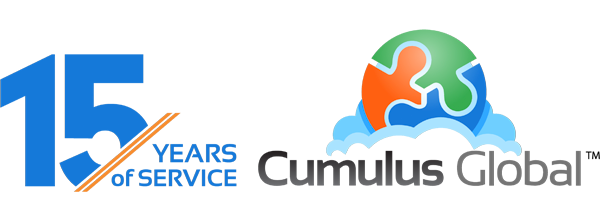3 IT Shifts for Small Business: Data

The nature of computing and how it’s used by business is changing – rapidly. You have heard the buzzwords … mobile, social, cloud, big data, analytics, and others. You probably have thought about your own business and thought the these changes are just for the enterprise.
Three major shifts in technology, however, can and will impact your organization: Data; Cloud; and Mobile/Social.
Shift 1: Data
In every wave of computing since the 1970’s, the evolution has focused on helping organizations make processes faster and cheaper. Our current wave is about data.
The process for handling an insurance claim has been optimized for over 40 years. Today, it’s about the data. How does the customer file a claim? By phone? By filling out an online form? By sending pictures? Is it on the web? Is there an app for that?
The data shift recognizes that data is the new natural resource. The accident report isn’t just about paying a claim, it’s about assessing risk, finding patterns, and measuring outcomes. The focus is on data collection, analysis, and presentation.
If the data is available in a usable format, the processes remain efficient and even improve.
For some small businesses, the data revolution may mean investing in big data and analytic tools. For others, CRM and ERP systems provide a starting point. For most, however, the data revolution begins with access to data. It sounds simple. But …
Can you team find the documents and information they need, easily and quickly? Do they have access from anywhere they may be working, from any device, at anytime?
Do you route documents as email attachments, or provide access? Do you manage roles – owner, editor, reviewer, etc?
Can your team work together in person or remotely, in real-time or as convenient? Do file systems become a mess of document names and versions? How easy is it for your team to collaborate with vendors or customers?
Traditional, in-house file servers prevent the data shift. Ubiquitous access does not exist, permission settings are complex, and files sit in a separate silo than your communication tools.
Businesses like yours are moving to cloud storage and broader cloud platforms for the data shift. Case in point: Google Apps for Work.
Google Apps for Work provides a platform that gives small businesses the ability to shift to a data-centric way of working.
- Your team collaborates by working on a single version of the document, in real-time or as convenient. Changes are tracked; revisions are managed.
- People share documents by sending access links, not attachments. Your staff need not waste time figuring out where they saved the latest version, and if their latest version is the latest version.
- When looking for information, a search in Gmail can also list relevant Drive and Sites content.
- Storage is cheap, and optionally unlimited.
- Conference calls become face-to-face meetings, via Hangouts. People collaborate, can see how others respond, and can share screens and documents without complex meeting software.
Moving to Google Apps is not a decision about whether or not to stop using MS Office (you can save/edit MS Office files with Drive). Moving to Google Apps is about whether or not you want your business to thrive in a data-driven world.

 This post is the fifth in a series addressing concerns organizations may have that prevent them from moving the cloud-based solutions.
This post is the fifth in a series addressing concerns organizations may have that prevent them from moving the cloud-based solutions.